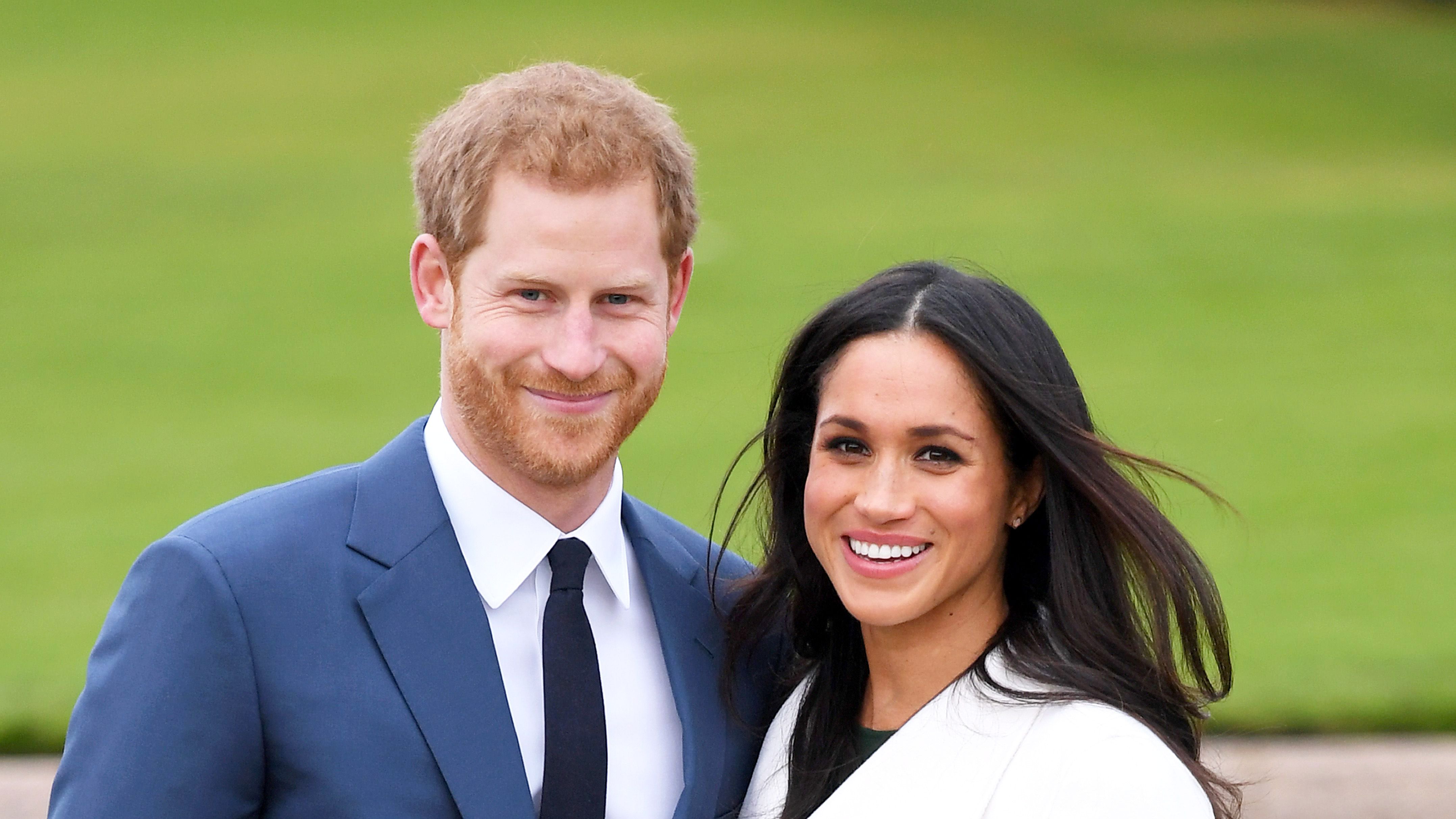
Prince Harry and Meghan Markle, known formally as the Duke and Duchess of Sussex, are once again under public scrutiny—this time for their apparent failure to acknowledge or participate in Sussex Day, an event created to celebrate the rich cultural heritage of the county they represent in title.
Despite their close association with the Sussex brand—one they’ve prominently featured in personal ventures, public appearances, and even business activities—the couple remained silent on June 16, the official Sussex Day. Their lack of engagement has reignited debate over the relevance and responsibilities of their royal titles, especially in the UK, where feelings about their ongoing connection to the monarchy remain divided.
A Missed Opportunity
Speaking on the matter, royal commentator Russell Myers offered both levity and criticism. “I had to laugh,” he said. “I actually live in Sussex and didn’t even know it was Sussex Day.” This sentiment reflects a broader reality: Sussex Day isn’t widely celebrated or known, even among locals. However, Myers acknowledged that the symbolic value of the day—particularly in light of Harry and Meghan’s high-profile use of the Sussex title—makes their absence more noticeable.
When Prince Harry and Meghan were granted the Duke and Duchess of Sussex titles in 2018, public interest was high. Their first and only official visit to the county was met with enthusiasm, and it was widely seen as a fresh chapter for the royal family. Since then, however, their physical and symbolic connection to Sussex has waned.
“They’ve never returned to the county in any formal capacity,” Myers noted. “And yet, Meghan continues to use the title in business and public appearances. She’s even reportedly signed off personal notes with the royal cipher.”
This contradiction—using the prestige of the Sussex name without maintaining ties to the region—has left many questioning the couple’s intentions and commitment. Critics argue that if Harry and Meghan wish to continue leveraging their titles for brand and identity purposes, they should also contribute meaningfully to the places those titles represent.
Royal Branding Without Roots?
Since stepping back from their senior royal roles in 2020 and relocating to the United States, Harry and Meghan have continued to use their royal titles in public-facing endeavors. Meghan, for instance, frequently refers to herself as “The Duchess of Sussex” in interviews, documentaries, and philanthropic work.
While technically permitted under their exit agreement with the palace, the use of their titles in the commercial sphere remains controversial. The couple insists they maintain a respectful relationship with the monarchy and are committed to their causes—but for critics, their absence on Sussex Day was yet another example of perceived disconnection from the institution and responsibilities they once represented.
“It raises questions about the value we, as locals in Sussex, are getting from the association,” said Myers. “It’s great PR for them, but what’s in it for the county?”
To the credit of local organizers, Sussex Day still managed to attract some attention—thanks in part to the local mayor’s efforts to promote community events like school fairs and cultural programming. Yet without any involvement from the very figures the day is seemingly tied to, the celebration lacked the national or international spark it could have had.
Shifting Royal Roles Elsewhere
As Harry and Meghan face criticism over their detachment from Sussex, other members of the royal family are stepping into more visible and active roles—particularly Prince William.
Robert Irwin, the conservationist and son of the late Steve Irwin, recently praised Prince William as a leading figure in environmental advocacy. The two worked together during the Earthshot Prize in Cape Town and are expected to collaborate again during London Climate Week.
“Prince William is really a leading light in this field,” Irwin said, noting the prince’s commitment to generational change and long-term sustainability.
This contrast in visibility and engagement between royal family members only intensifies the conversation around Harry and Meghan’s place within—or outside of—the institution.
Quiet Planning Behind Palace Walls
In a separate discussion, attention briefly turned to King Charles III. While the monarch continues to perform his duties and reportedly responds well to ongoing medical treatment, royal protocol dictates that planning for major state events—including funerals—is always underway.
As Russell Myers explained, “These arrangements are standard. They’re kept under lock and key, and there’s no cause for alarm. It’s simply a matter of organization, especially for state occasions involving both the royal family and government.”
While the topic may be morbid, it underscores how much forethought and structure governs royal life—a structure that, many argue, Harry and Meghan have walked away from but still benefit from in name and branding.
